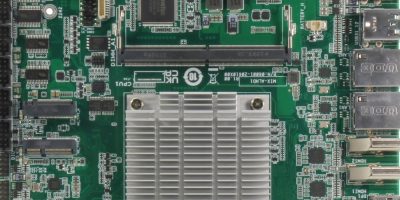A wireless charging module for powering and charging industrial machinery, autonomous mobile robots, automated guided vehicles, light electric vehicles, e-mobility and other power-intensive applications, the Yeti, delivers up to 500W for fast charging.
Developed by wireless power technology company, Spark Connected, it ruses Infineon Technologies’ Bluetooth Low Energy microcontrollers and power devices. The Yeti 500W integrates Infineon’s dual-core PSoC 63 Bluetooth Low Energy microcontroller for intelligent control, and its CoolGaN products for improved efficiency and reduced EMI. By eliminating the need for physical connectors and cables, the wireless charging system enables seamless and flexible charging, enhancing efficiency, productivity and safety in industrial settings, said Infineon.
The Yeti is claimed to have the industry’s highest efficiency of over 95 per cent. This reduces power losses, but also facilitates thermal management, improving overall performance and durability.
Misalignment tolerance is over 40mm in all directions which ensures reliable charging even if the orientation is not perfectly accurate, said Infineon.
The module is widely compatible and can charge all common battery types and voltages. For robust and safe operation, it has over-voltage and over-current protection to prevent damage to the charger and connected equipment. The Yeti 500W is designed for integration into existing industrial systems, enabling companies to expand the charging infrastructure without significant disruption.
Tony Antonacci, senior director applications marketing at Infineon Technologies, said “The Yeti represents a step forward in charging power and integration, enabling industries to improve their operations and move towards an energy-efficient wire-free future.”
The Yeti 500W enables truly autonomous systems, added Ruwanga Dassanayake, COO of Spark Connected. “We are empowering industries to embrace the full potential of wireless charging, enabling truly autonomous systems and revolutionizing the way they operate,” he said.
The Yeti 500W industrial wireless charging module is available for customer sampling in Q3 2023.







